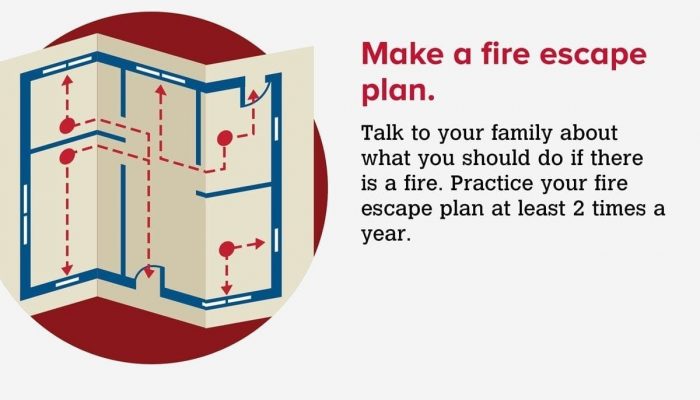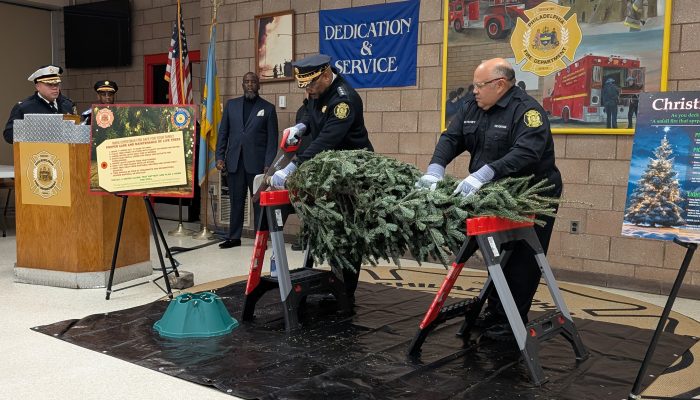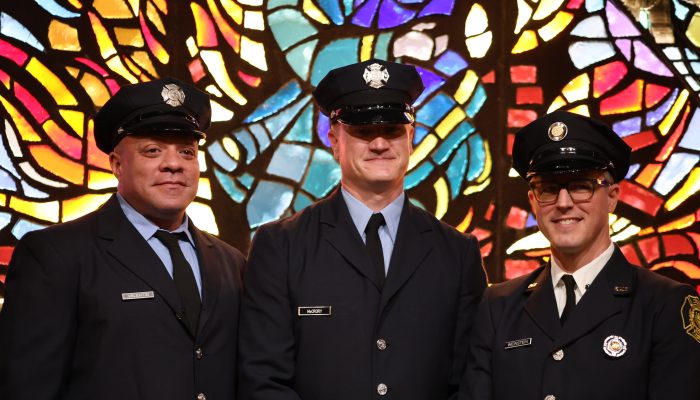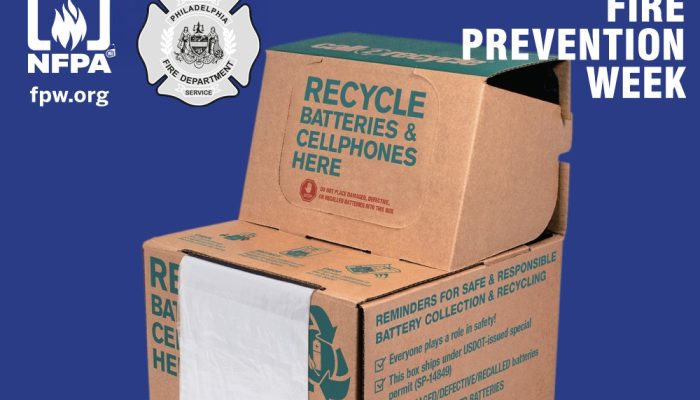Today’s homes burn faster than ever. You may have only about two minutes to safely escape a house fire once the smoke alarm goes off.
In other words: “Fire won’t wait. Plan your escape!”
That’s the theme of Fire Prevention Week, which this year runs from Oct. 9-15. Your ability to get out of a burning house depends on early warning from smoke alarms and advance planning. Take the time NOW to make and practice your home escape plan.
Remember:
- Fire is hot: Heat is more threatening than flames. During a fire, room temperature can rise to over 1,000 degrees Fahrenheit at eye level.
- Fire is dark: Fire starts bright, but quickly produces black smoke and complete darkness.
- Fire is fast: It takes only minutes for thick black smoke to fill your home.
- Fire is deadly: Smoke and toxic gases kill more people than flames do.
Here are some safety tips to learn and share:
- Make sure your home escape plan meets the needs of all your family members, including those with sensory or physical disabilities.
- Smoke alarms should be installed on every level of your home, including the basement.
- Know at least two ways out of every room, if possible. Make sure all doors and windows open easily, and that your exit paths are clear of furniture and clutter. Close the doors behind you when you leave.
- Have an outside meeting place a safe distance from your home where everyone can gather. Call 9-1-1 after you are safely outside. Do not go back into the house for people, pets or belongings!
- Practice your home escape plan at least twice a year with everyone in the household. Practice at least once during the day and at night.
To illustrate the importance of home escape plans, the PFD will conduct a citywide fire drill on Thursday, Oct. 20 at 7:30 p.m. At that time, fire apparatus sirens will sound throughout the city and Philadelphians are urged to test their home escape plans.
Fire Prevention Week is tied to the anniversary of the Great Chicago Fire, which broke out on Oct. 8, 1871. The fire killed about 300 people, left 100,000 homeless, destroyed more than 17,000 buildings and burned about 4 square miles of land.




